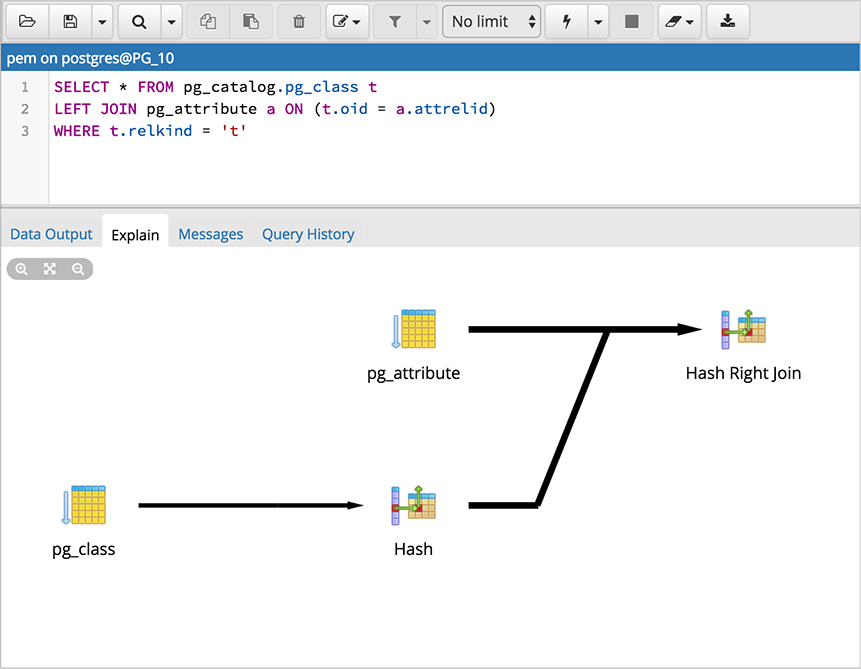

from the drop-down listįor Excel and Excel 2007 formats, the field is editable only for binary columns and includes only two data types (HexString and String) in the drop-down list. In the Data formats tab, select exported columns and click Next.įor CSV, HTML, PDF, RTF, and Text export formats, select formats of data representation, for example, integer, date, time, etc. In the Options tab, set additional settings for the selected export format and click Next.If you opened the wizard from the data grid, the Source tab would allow you to specify only a name and a path of the destination file (the one where the exported data will be saved). In the Source tab, select a required PostgreSQL server connection, a database, a schema, table(s) and view(s) you want to export and then click Next.

In the Export format tab, select an export format or load export options from a template file, if you saved them previously, and click Next.On the Database menu, click Export Data.Right-click data grid and choose Export Data on the shortcut menu, or click Export Data on the Data Editor window toolbar.In Database Explorer, right-click a table or a view (or CTRL+click several tables and/or views) you want to export data from and select Export Data on the shortcut menu.

PGADMIN 4 EXPORT QUERY RESULTS TO CSV PASSWORD
W forces to prompt for a password while logging to the database. We can restore it later into another database. The pg_dump is a tool for backing up a database into the file. It doesn’t mean the superuser privileges. To use the \copy command your local machine should have sufficient privileges. While using COPY, the server is doing the writing operation but during \copy, the psql writes the CSV file and transfers it into the local machine. In this case, you can use the \copy command which is a builtin command of PostgreSQL. If you are logged in to a remote PostgreSQL server and want to copy a table records in the file in the local machine. Difference between COPY and \copy command But during reading file by COPY FROM you can use both absolute as well as relative pathnames. The server itself enforces you to use absolute pathname while using COPY TO. It is recommended to give the absolute pathname while using COPY. We can also use queries to copy the particular records which matches the condition into the file.ĬOPY ( SELECT * FROM WHERE id=10 ) TO DELIMITER ‘,’ CSV To export only the particular fields, you can only give the field names with the table name.ĬOPY (field1, field2, field3) TO DELIMITER ‘,’ CSV If you don’t want column_names to be copied into the CSV file, then you can ignore the HEADER. The COPY TO command is used to copy the tables in the database into the file by using the required delimiter. In this case, we have to use VACUUM command for cleaning the unwanted disk usages. These data are not visible but occupies the space in the disk. If the error occurs in between the COPY FROM operation, the operation will be stopped, but the data stored so far will not get deleted.

We can use the HEADER in the command line which can be used to ignore the first line from the file while copying because it may contain the name of the fields. If the COPY command was successful, it will return COPY If the file contains the values only for the particular fields in the table, we have to explicitly give the field names along with the table_name.įor example, if the file has values only for field1, field2, and field3, but the table has many fields,ĬOPY (field1, field2, field3) FROM DELIMITER ‘, ’ CSV The above command assumes that the CSV file has the values for all the fields in the table with delimiter as comma(,) and the fields are ordered in the file the same as that of in the table. Importing from a file into Database Tableįor example if we want to import data from a CSV file into the database table, the following command is used. The COPY command in the postgreSQL is used for importing data in the files into the database table and also for exporting tables from the database to the file.


 0 kommentar(er)
0 kommentar(er)
